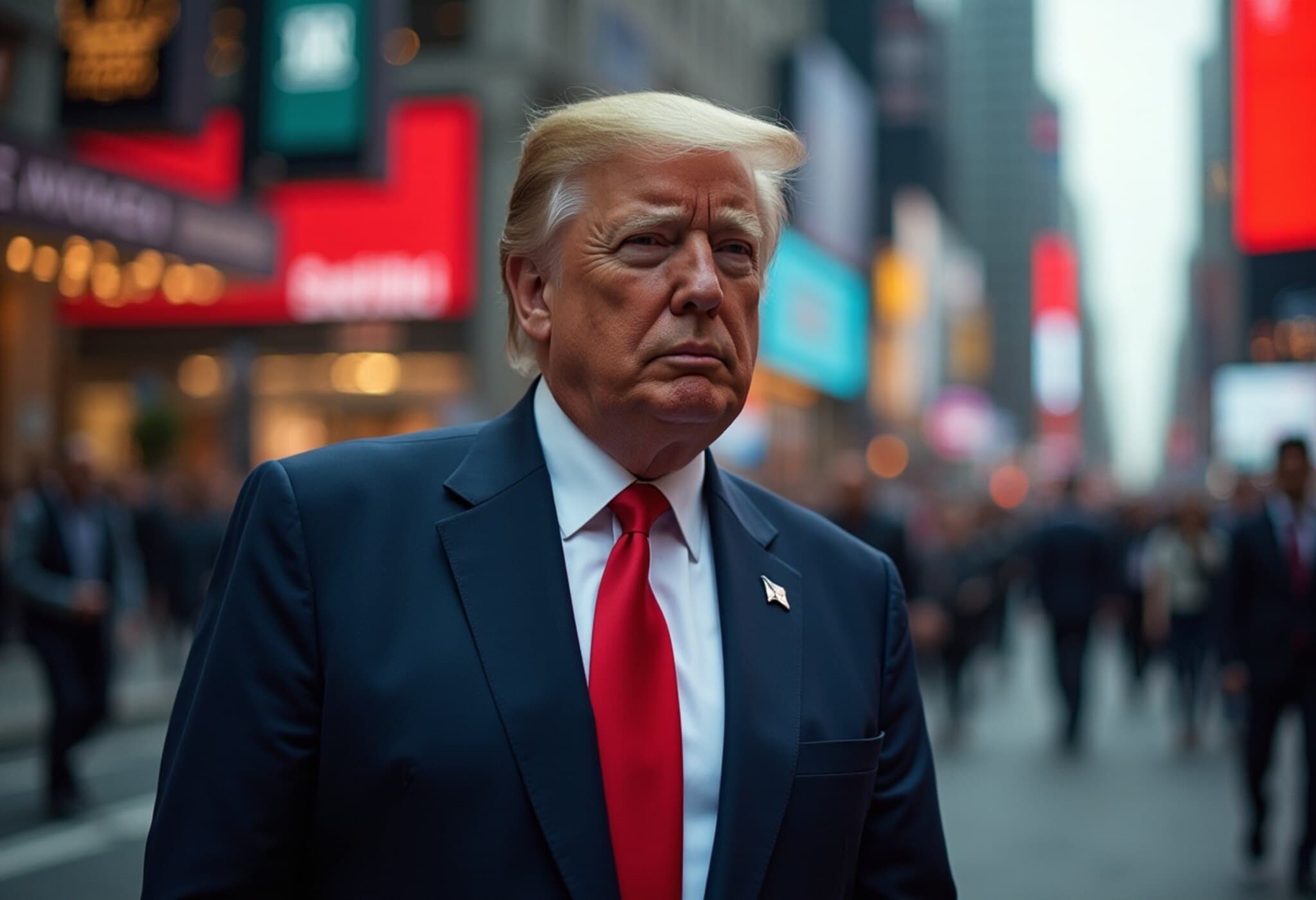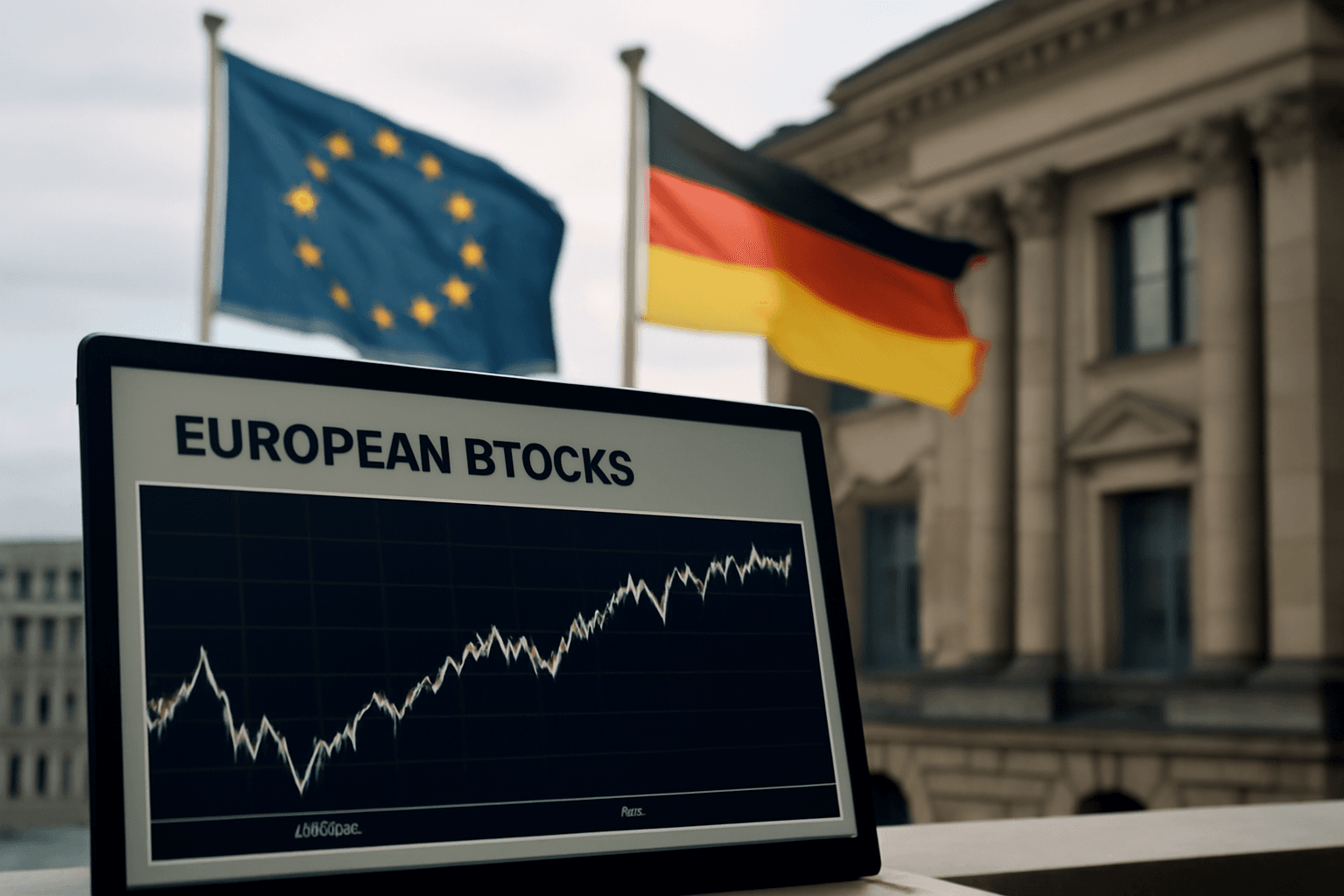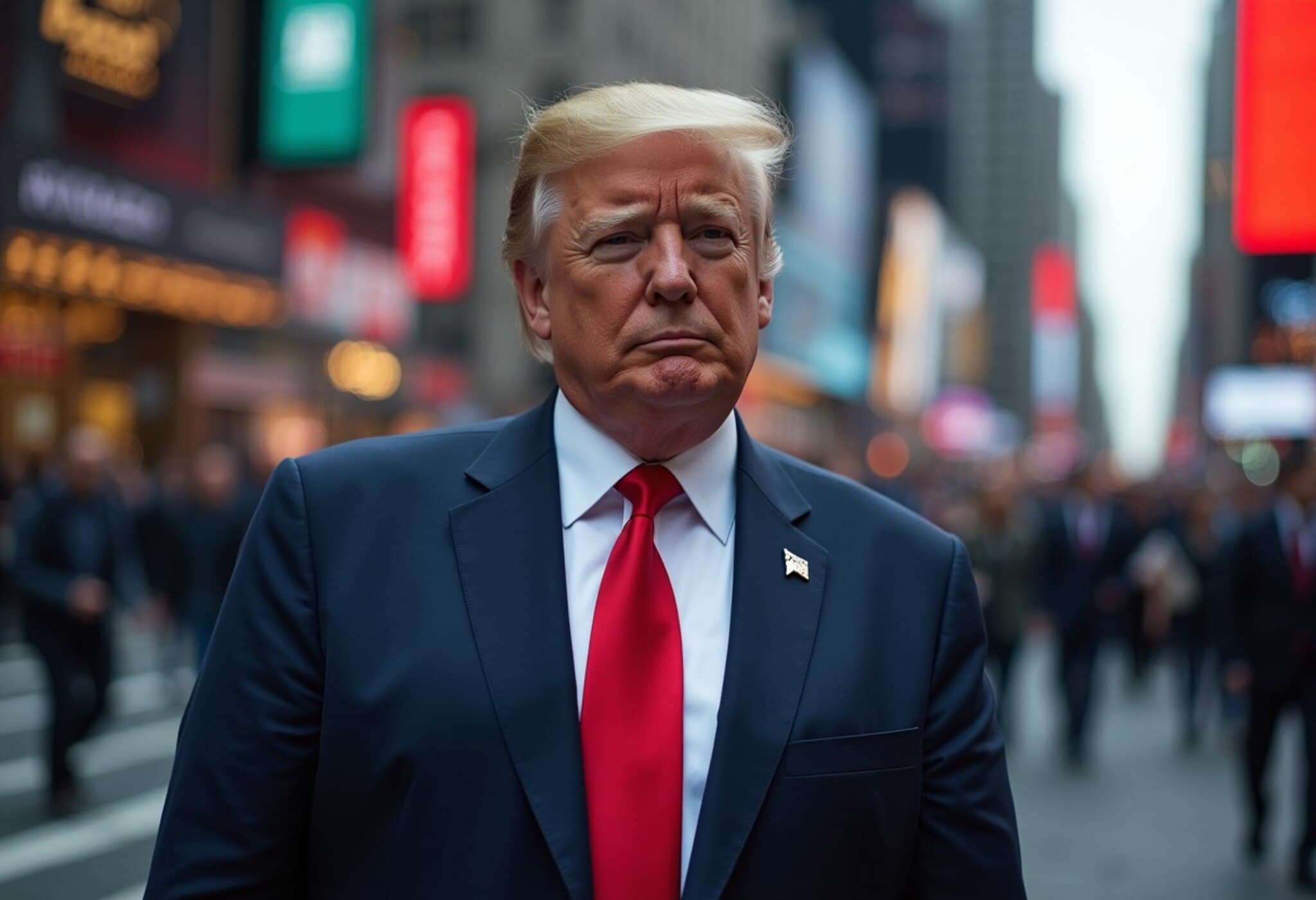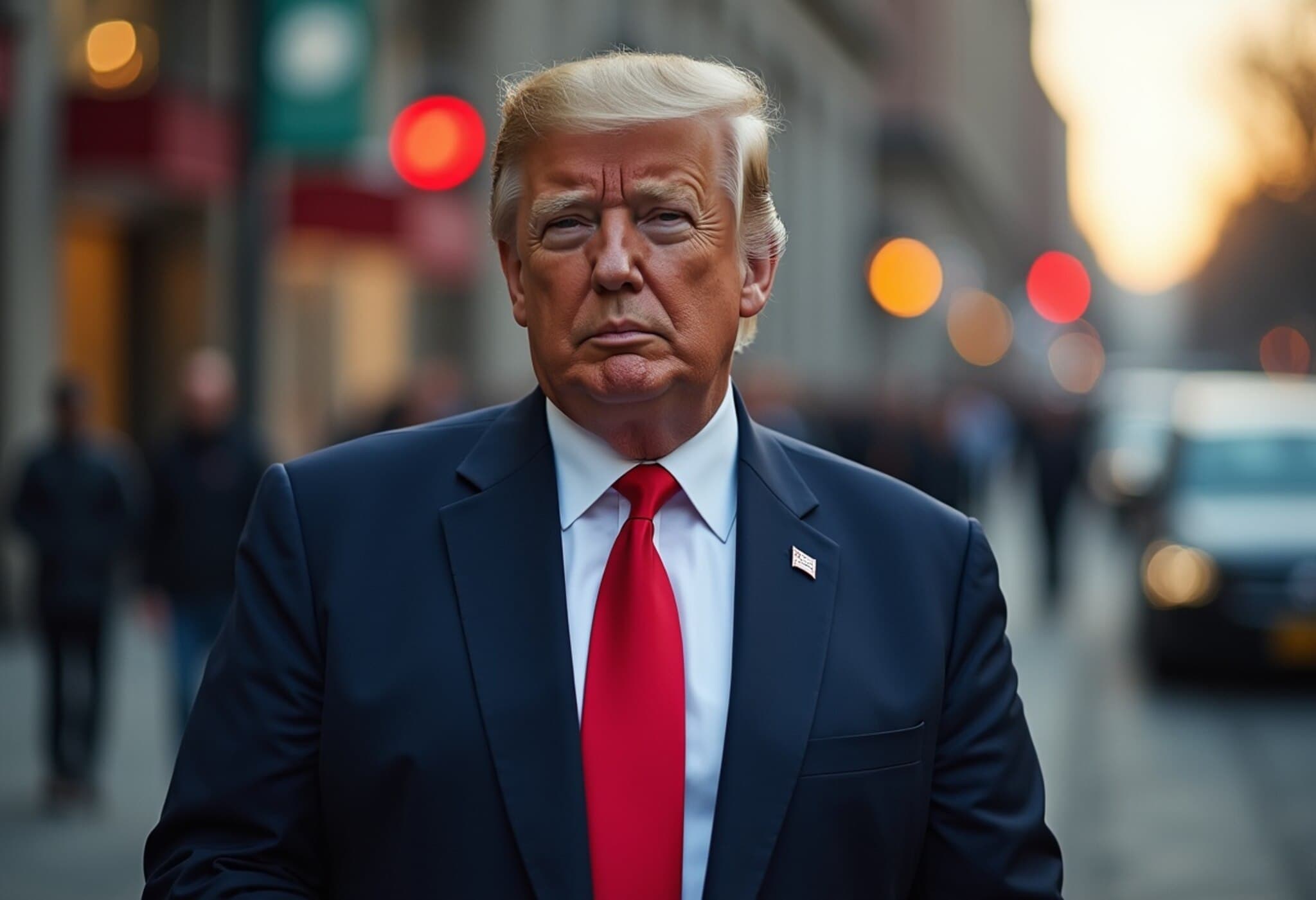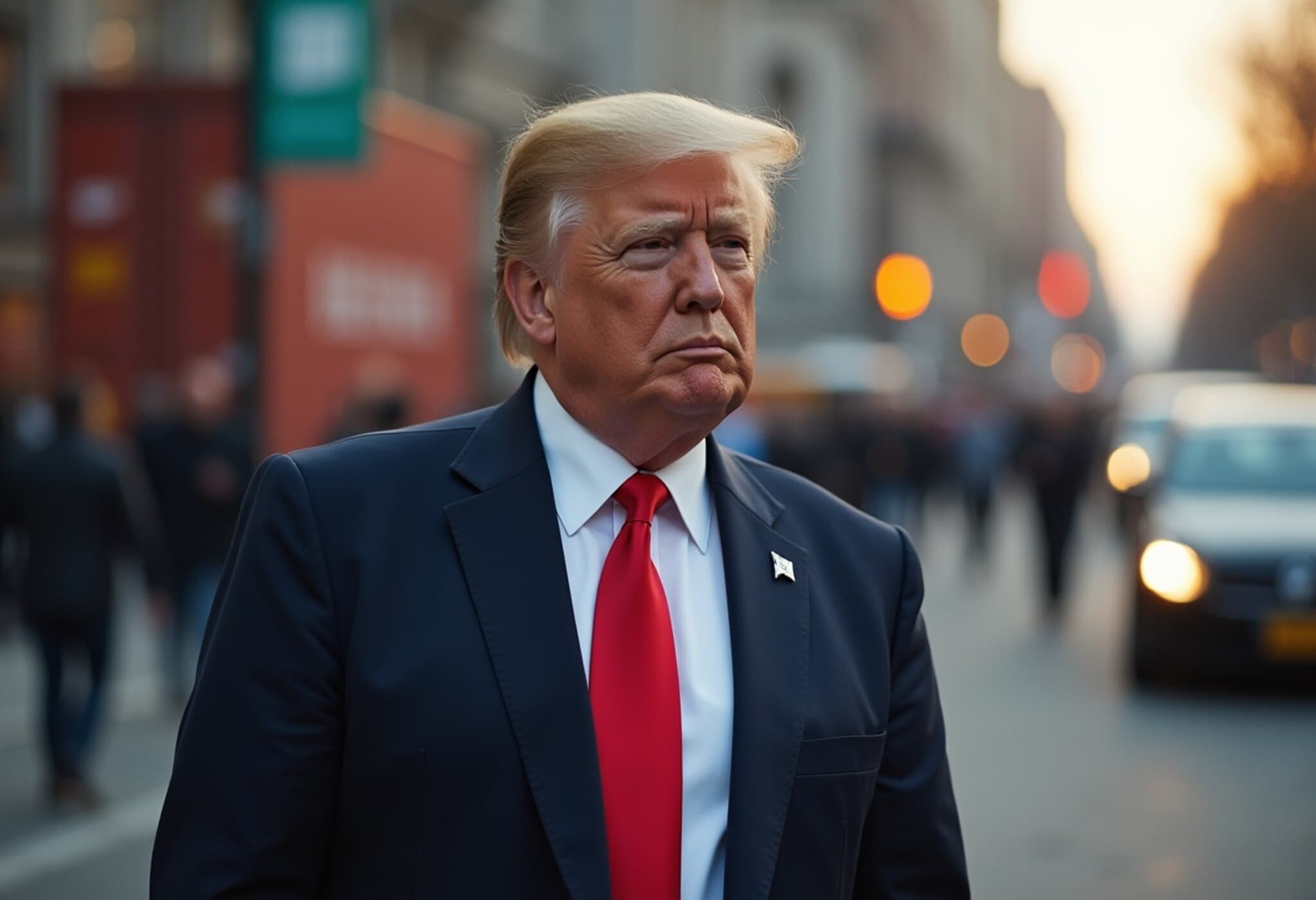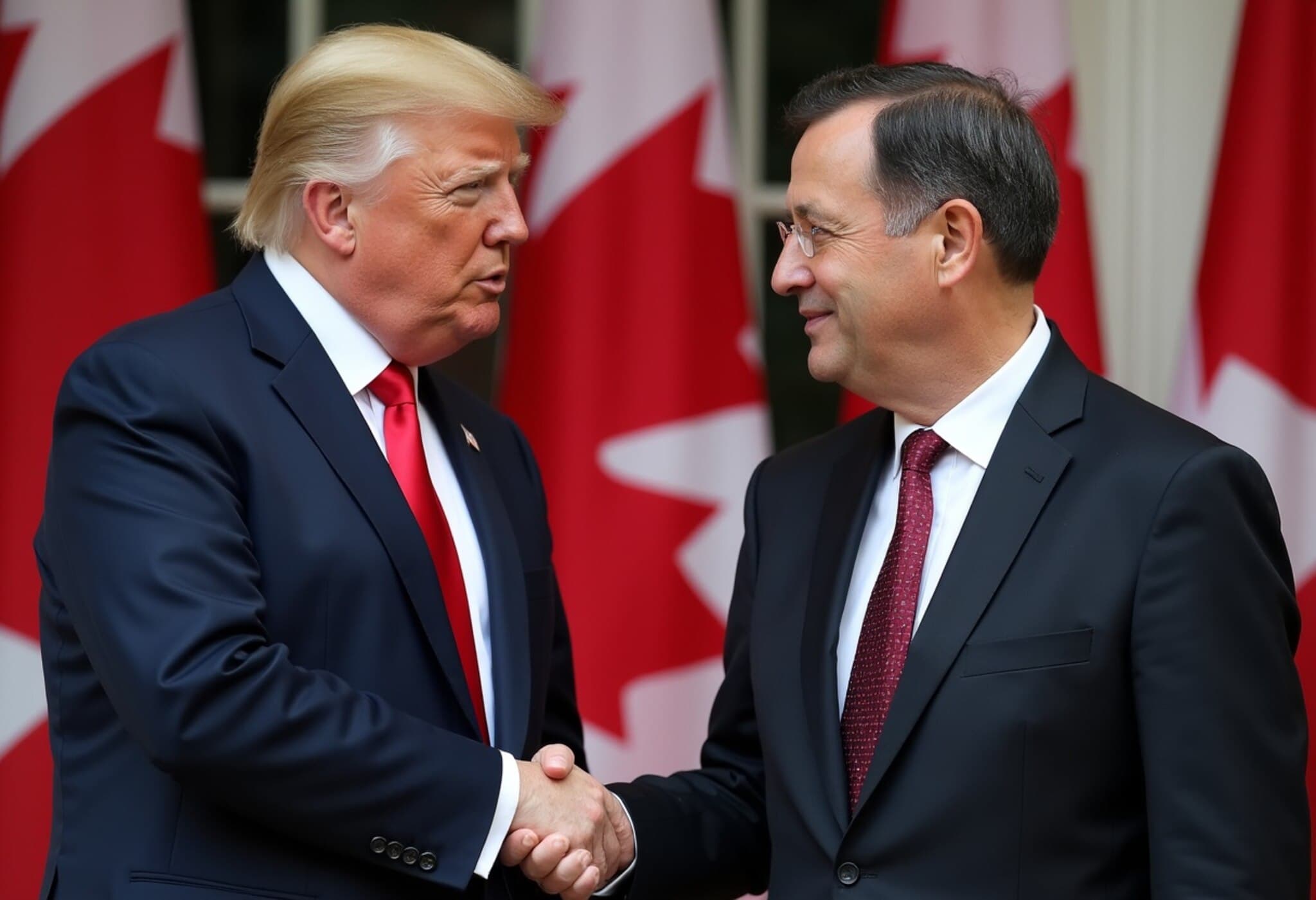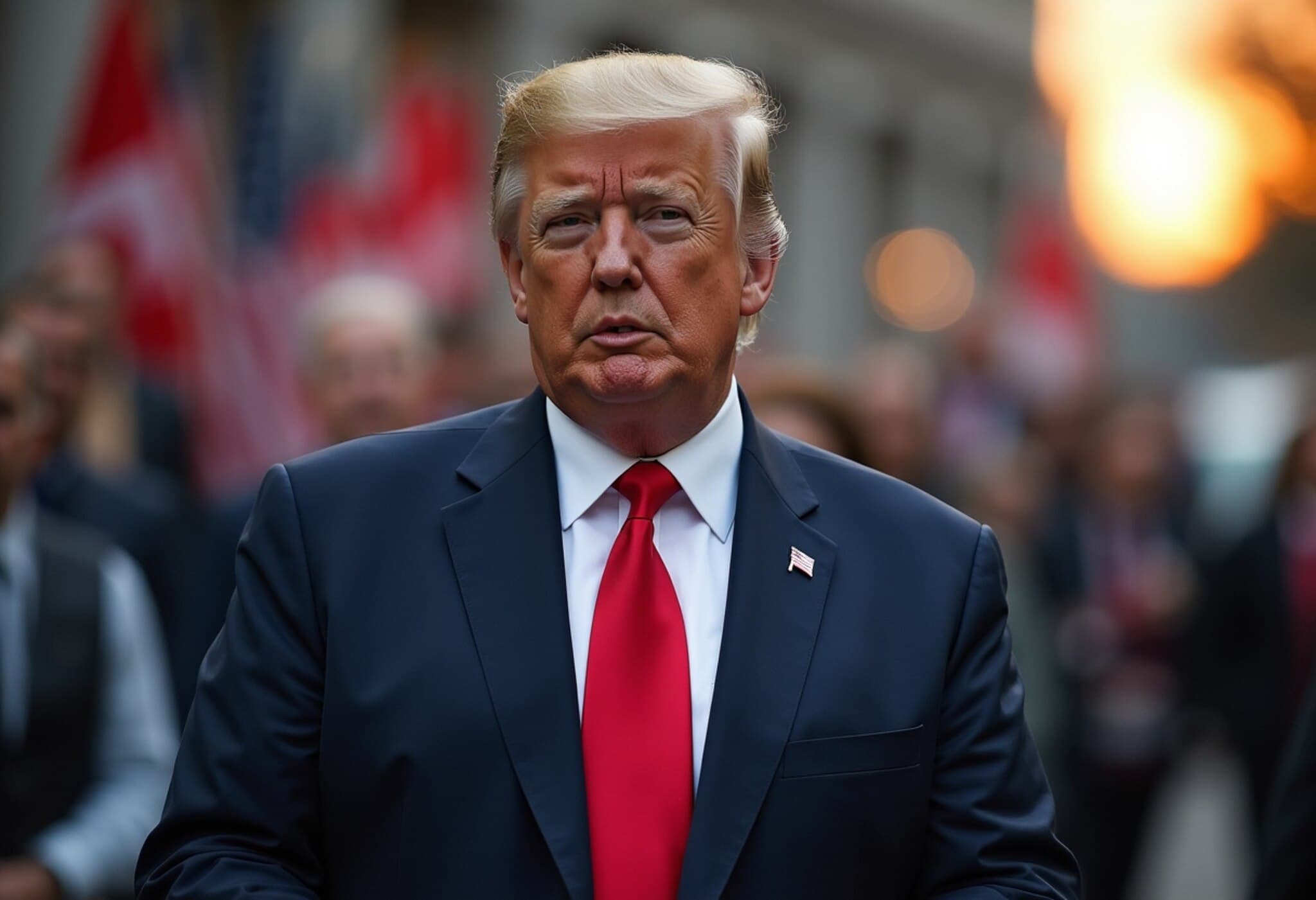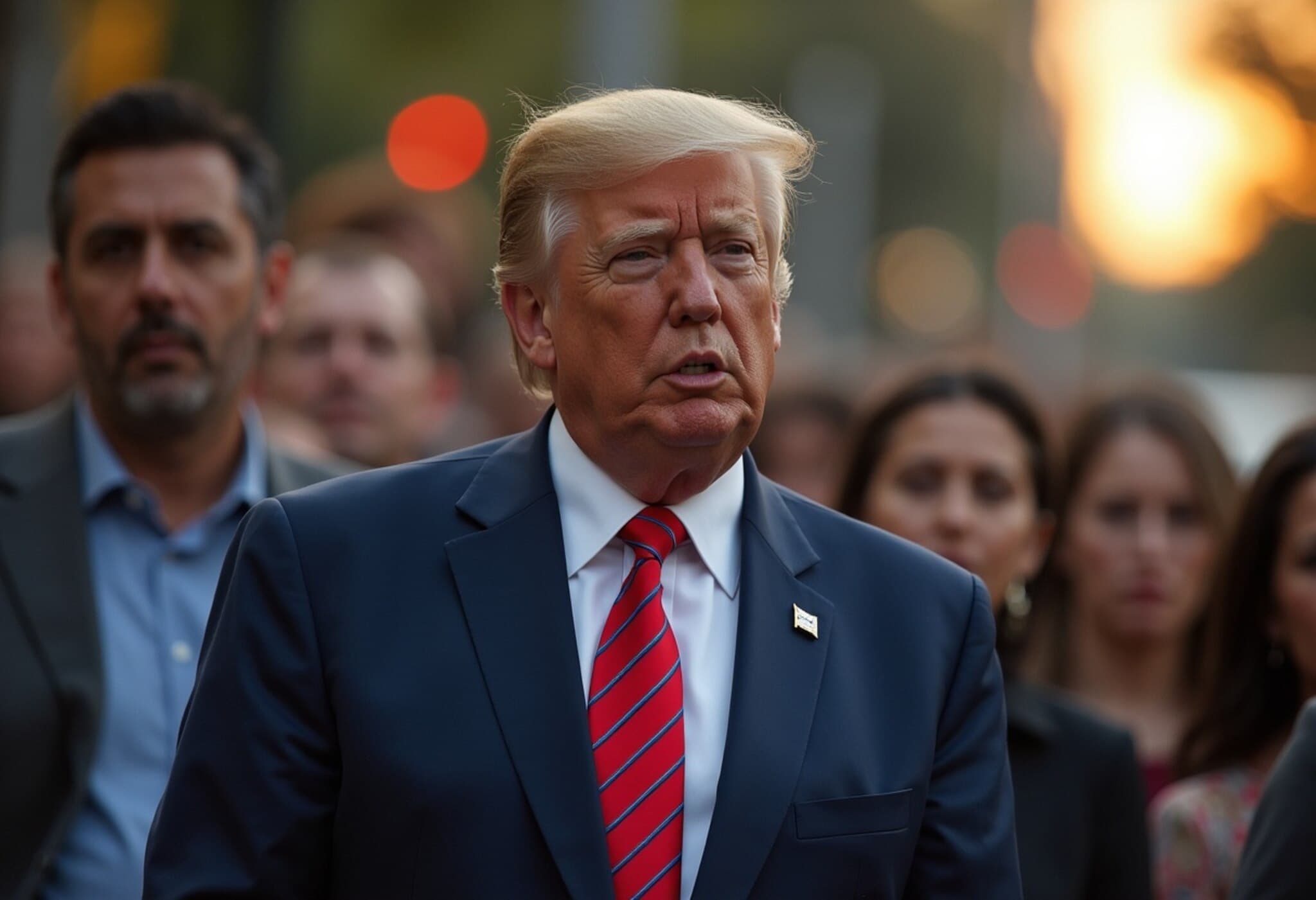Trump’s Tariff Announcement Triggers Sharp Sell-Off in Indian Markets
On August 1, 2025, Indian stock benchmarks Sensex and Nifty 50 opened with a significant decline following U.S. President Donald Trump’s unexpected imposition of a 25% tariff on Indian goods. Within minutes of market opening, the Sensex plummeted by over 260 points, while the Nifty 50 dropped around 80 points, signaling investor concerns over escalating trade tensions.
A seasoned observer would note this immediate negative reaction reflects growing unease around the prospect of an enduring trade conflict between the world’s two largest democracies – India and the United States – which could ripple through global supply chains and economic growth.
Asian Markets Follow a Downward Trajectory, Led by South Korea
India’s market decline was part of a broader sell-off across Asia. South Korean equities took the biggest hit, plunging by nearly 3.2% as investors grappled with the fallout from the new tariffs. Japan’s Nikkei index also slipped by about 0.4%, while Hong Kong’s Hang Seng managed a slight gain of 0.2%. Chinese blue chips remained relatively flat amid the turbulence.
Market analysts interpret these mixed reactions as indicative of cautious optimism — trading floors recognize the potential for further negotiation despite current tariff impositions.
Expert Insight: Market Resilience and Navigating Uncertainty
Tony Sycamore, a senior analyst at IG, provides a nuanced perspective: "While the immediate market reaction has been sharp, the overall impact remains somewhat contained because recent trade agreements with the EU, Japan, and South Korea offer a buffer. Investors seem to hold onto hope that these tariffs could be renegotiated or eased over time."
Sycamore’s view underscores the complex interplay between geopolitics and market psychology, where uncertainty breeds volatility but established multilateral frameworks can prevent panic selling.
Sectorial Impact and Broader Economic Implications
Data from the market open reveal twelve out of sixteen major sectors suffered losses, highlighting widespread investor jitters rather than isolated sector-specific issues. Notably, smallcap and midcap stocks remained relatively flat, suggesting measured portfolio rebalancing rather than a broad-scale retreat.
This tariff move by the U.S. administration not only threatens bilateral trade volumes but also raises deeper questions about global economic realignment, supply chain diversification, and the future of multilateral trade agreements—particularly for emerging markets like India striving for robust growth.
What Lies Ahead for India and Global Investors?
In the short term, market participants will closely watch diplomatic engagements and follow-up statements to gauge whether the tariffs are a negotiating tactic or a precursor to sustained protectionism. The Indian government’s response, including potential retaliatory measures or appeals to international trade bodies, will play a crucial role in shaping market sentiment.
For investors, this development signals the importance of diversifying portfolios and staying alert to geopolitical risk factors that can trigger sudden market movements.
Editor's Note
The imposition of tariffs often serves as more than just an economic tool—it reshapes global relations and compels reconsideration of long-standing trade partnerships. President Trump’s move has jolted markets but also ignited debate about the future of trade liberalization in an increasingly fragmented world. Readers should watch closely for how these tensions evolve, recognizing that financial markets are often the early detectors of broader geopolitical undercurrents.
As India navigates this new terrain, questions abound: How will it balance economic growth ambitions with protectionist pressures? What strategies will it deploy to safeguard investor confidence? The interplay of these factors will define the trajectory not only of Indian markets but also of Asia’s economic outlook.

